Cement fascination
I was talking to my friend from when I was still taking up geology and we were talking about this video regarding roman buildings. I don't know, we have this weird thing where even back in geology, we had an enjoyment for ancient architecture. We never really got into it and we never actually did studies of it but we just admired the structures because in geology, structure was important, much more so in architecture and apparently it applies in Chemistry too. We were pretty prepared to saw pillars in half too if we ever went on an expedition, But I shifted to chemistry before that ever happened.
Back to the main topic. This morning, we were going on about how sturdy Roman structures are. What she was suggesting was that it was because of structure because Roman structures where heavily based on Greek architecture, specifically corinthian architecture. And although it has some truth to it, I pointed out that the architecture was far too ornamental. Because Corinthians made use of pillars too much and much of those pillars weren't really unnecessary. Like if you look at the Pantheon, you could take out the pillars and the structure would still stay standing since the support is mostly on the walls and materials and not on pillars anymore.
Like... Roman aarchitecture deviated from their basis on Corinthan design since the buildings they erected were stand alones and didn't need as much pillar support like Greek structures.

Another thing I pointed out was that concrete use was first recorded in Roman buildings (I'm amazed I remembered shit from my industrial chemistry class tbh). Although there were evidence of use in the 3rd century BCE Cosa, Romans modified the formulation by adding pozzolana (volcanic sand) which had high silica contents. That very ingredient is what makes Roman concrete far more superior than what we have today.

I dug into that and use of limestone as concrete. It was pretty cool because What they started is still being used to this day (But with modified formulation). Back then, their concrete formulation consisted of lime stone (calcite taken from the ocean. Or they sometimes they used seashells as a replacement and that's perfectly fine because they have the same chemical constitution of Calcium carbonate (CaCO3)), then they used volcanic ash or sand (because Rome has volcanic lands), seawater or any water then volcanic rocks as fillers. You can see how their simple formulation can make these structures last centuries. Unlike now, the concrete formulation has changed so much and the lime source has shifted to petroleum byproducts so we think it could have attributed to the compressibility weakness (But I'll talk about that on another article, maybe?). Anyways, I found something much more impressive when looking through the material and durability comparison of the Roman concrete formulation vs. The concrete formulation now. And that is the fact that Calcium in Roman concrete reacts with seawater to form aluminous tobermorite.

Aluminous Tobermite (Al-Tobermorite) is a calcium silicate crystal that kind of reinforces the concrete block and makes it stronger. Although the crystal itself isn't so strong (with a moh's hardness rating of 2.5), it still adds to the stability of the structure. It's molecular arrangement is fascinating too because it forms fine fibers and plates, And that in itself is a pretty strong structure unlike with most crystals that sometimes have holes in their structures, this one is solid (yet still soft).

Unlike now, when concrete gets soaked in saltwater, it degrades, crumbles and just adds micropollutants to the ocean. But I think this discovery of theirs worked to their advantage becaause the roman empire was surrounded with seawater and volcanic lands. I'd say they were ingenious wih their adaptability to their available resources.
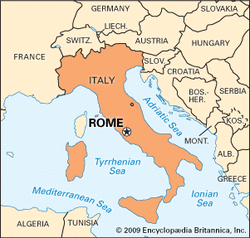
After that discussiun, we went on to appreciate the Aluminous tobermorite crystals
I apologize for the nerd ramble again XD my interests and conversations with friends are just extremely randomized and sometimes it becomes way too intellectual and that excites me because it's new information.
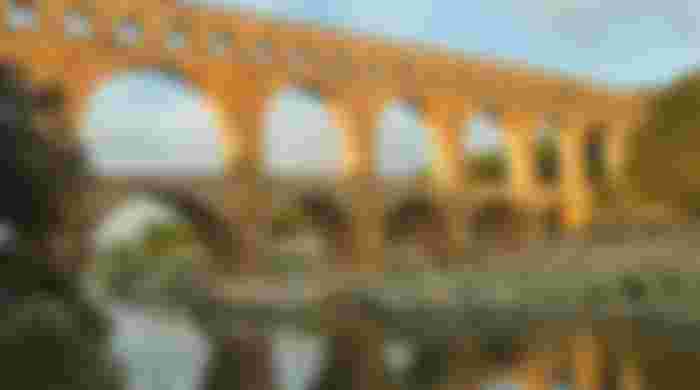
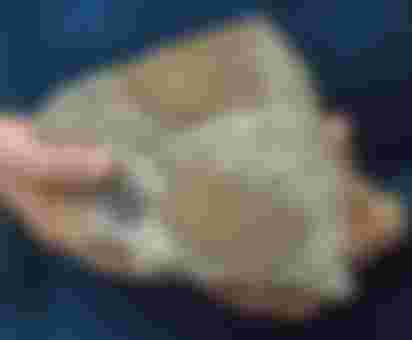
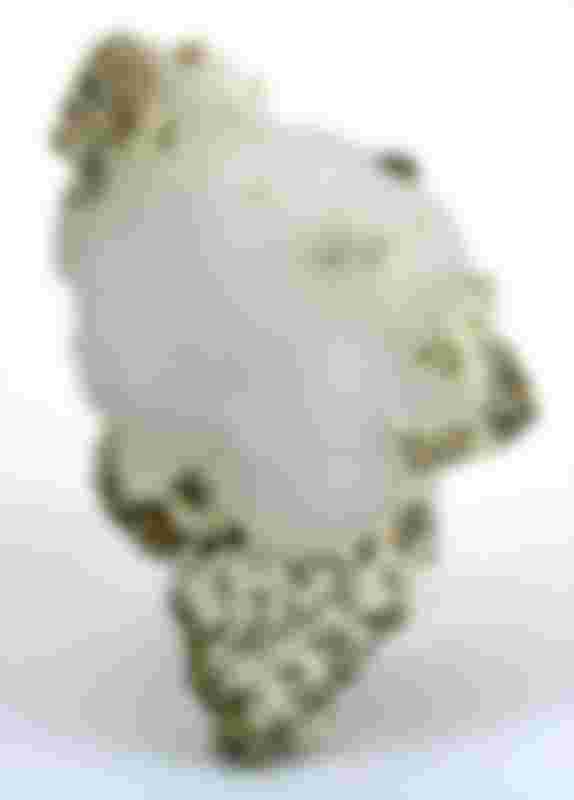
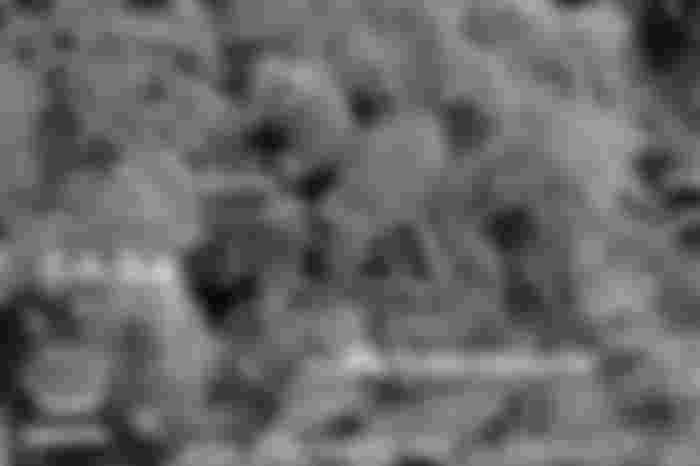
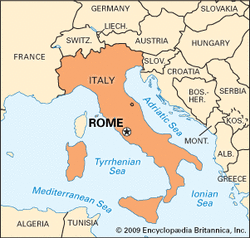
Beautiful discussion,
Maybe(?) many of us await [abusing grammar rules is my hobby] your important followup:
"....and the lime source has shifted to petroleum byproducts so we think it could have attributed to the compressibility weakness (But I'll talk about that on another article, maybe?)."